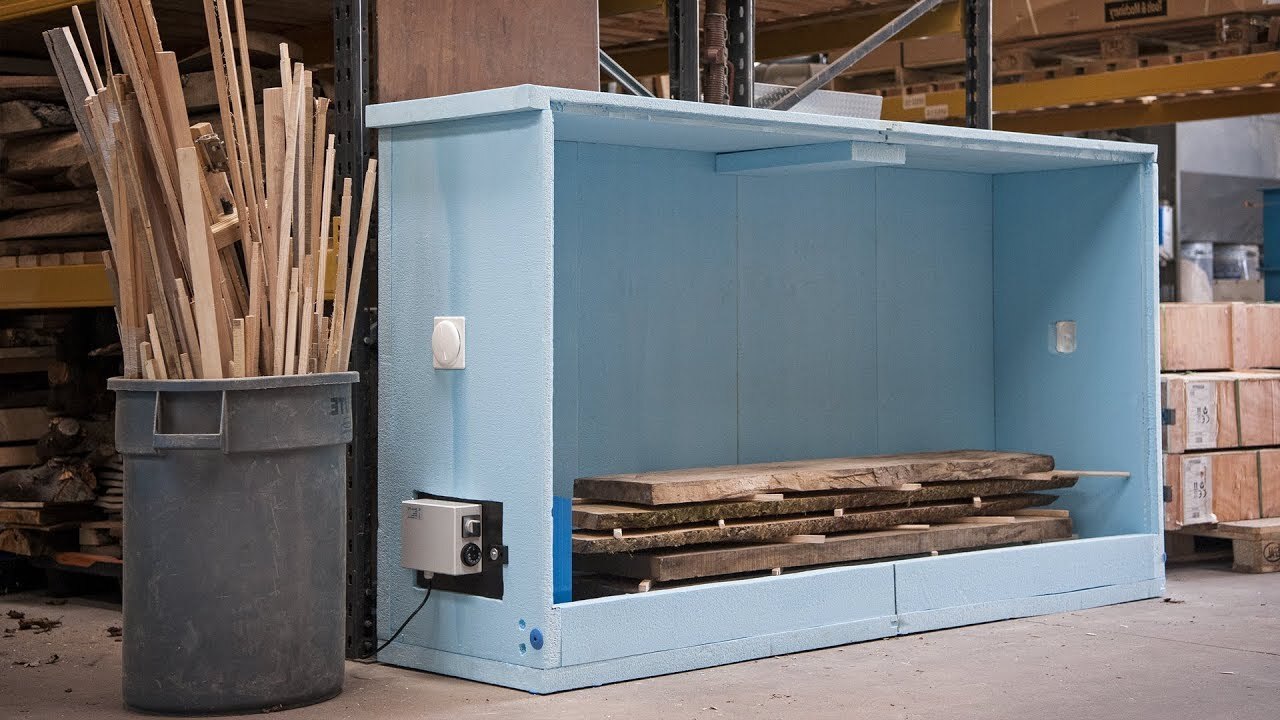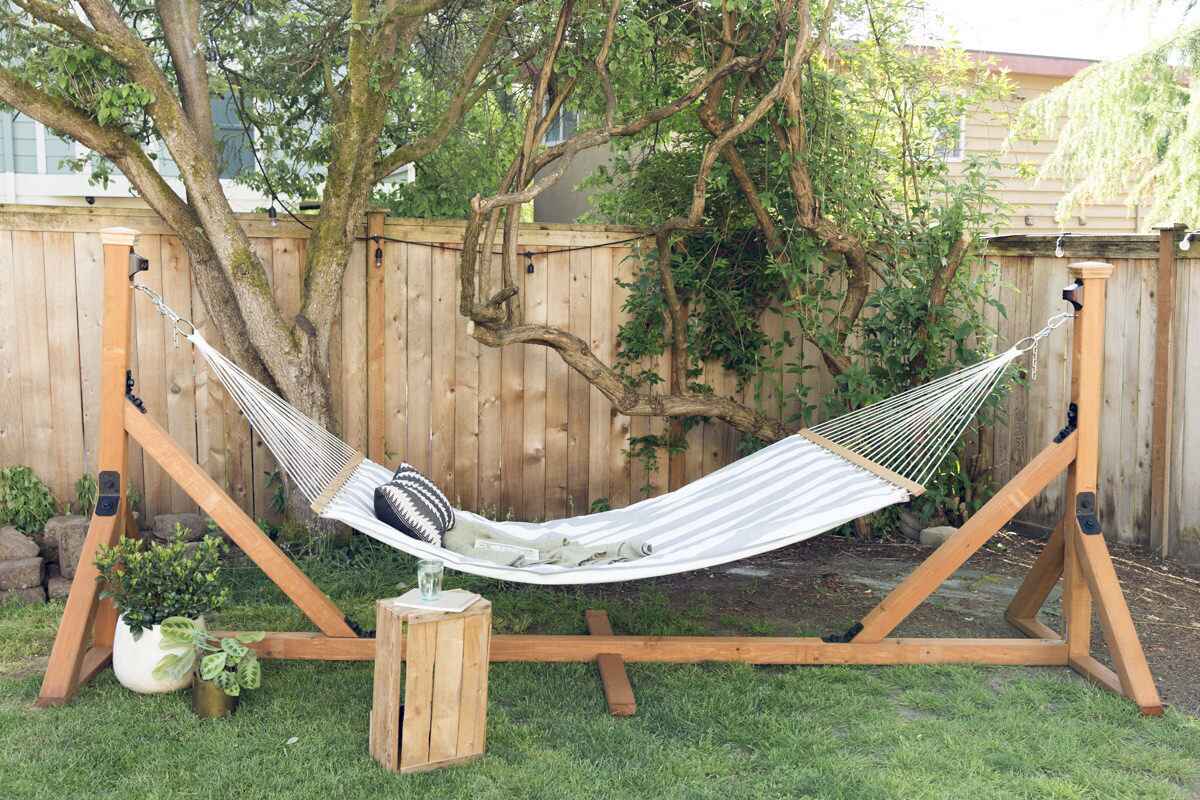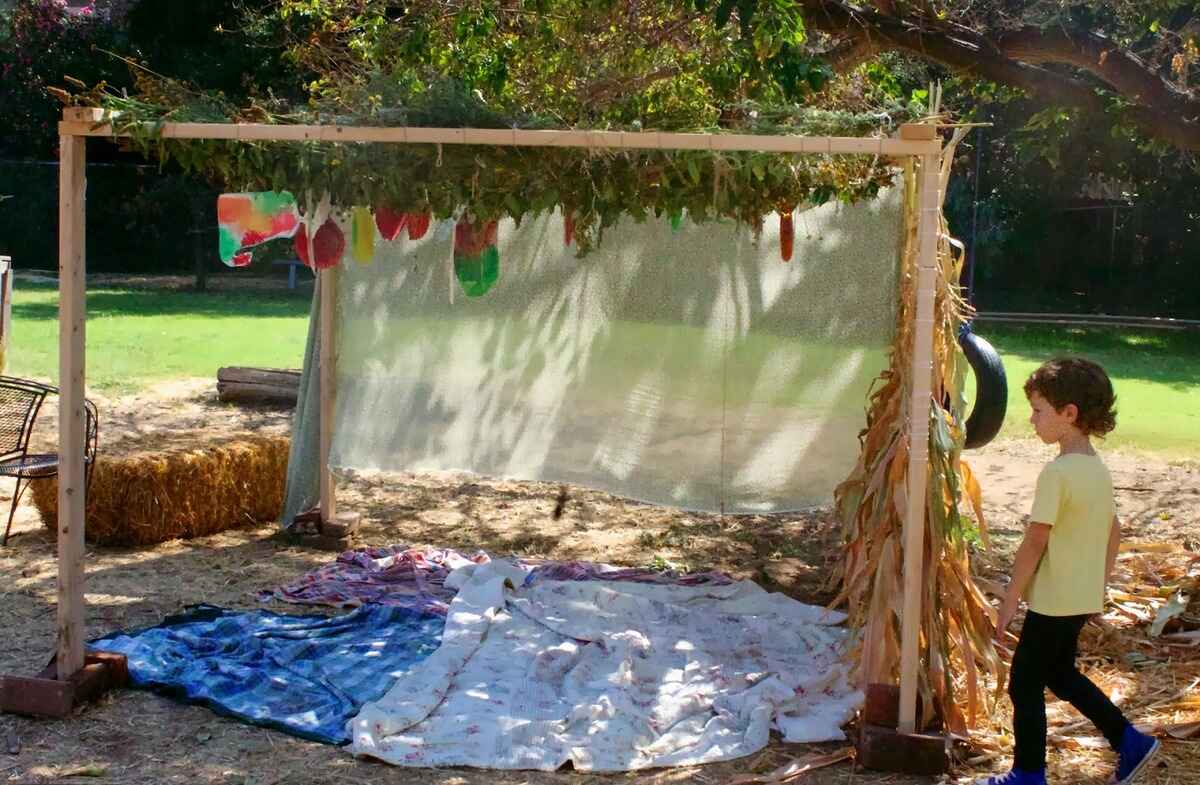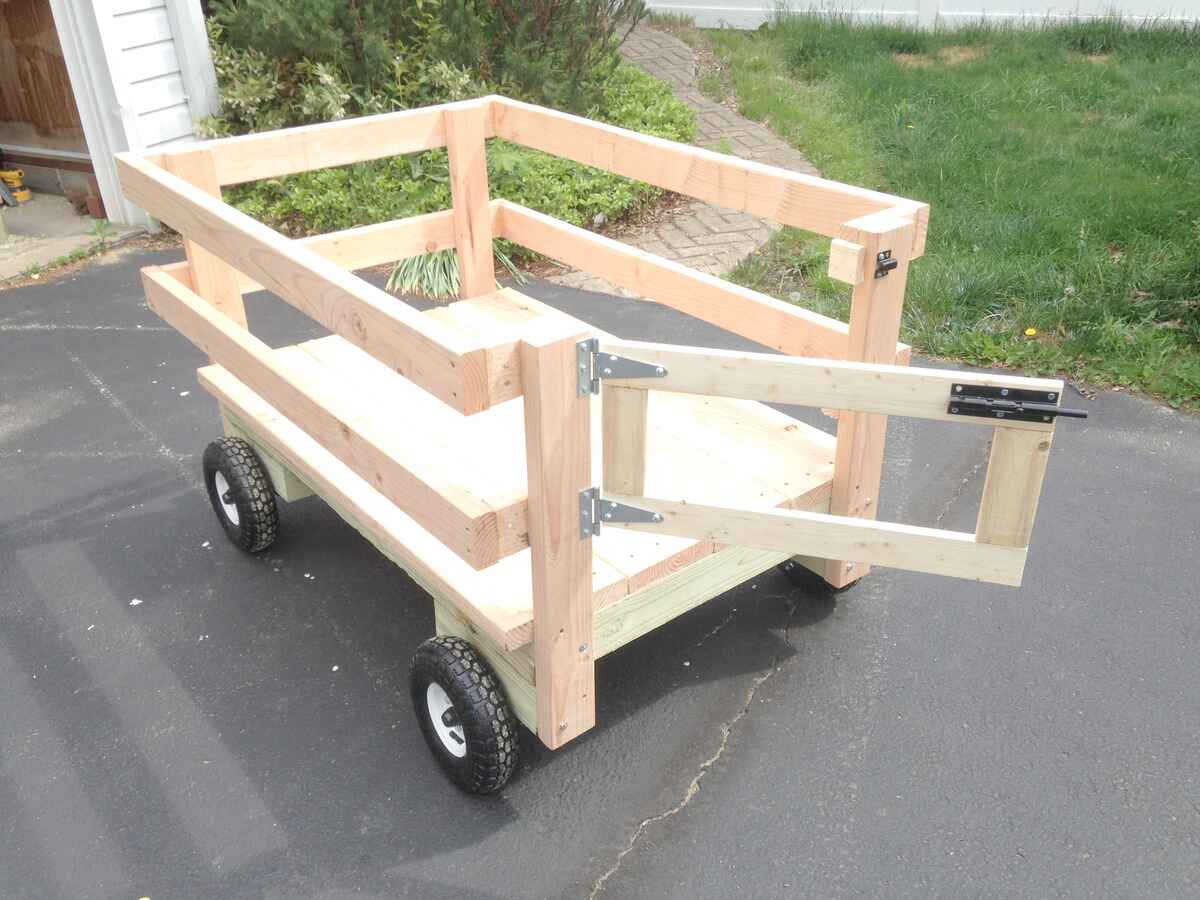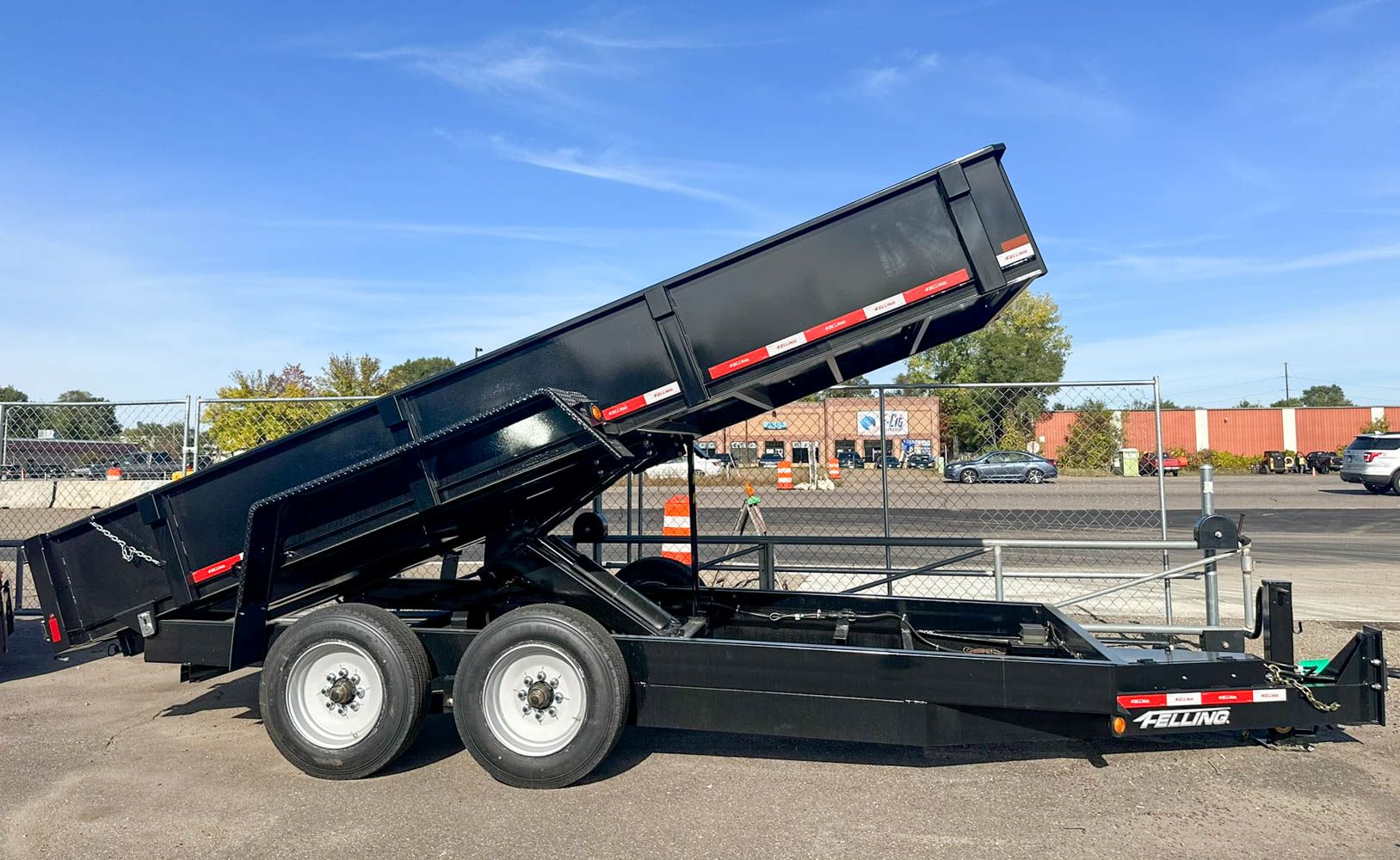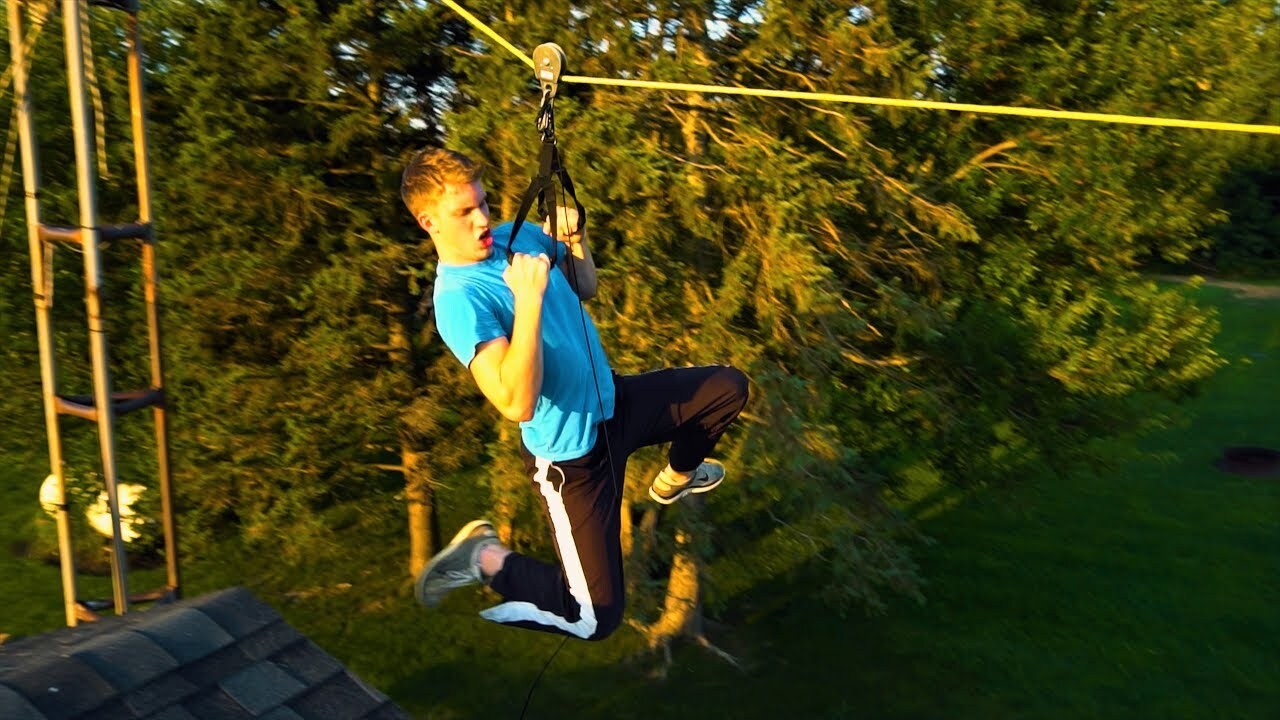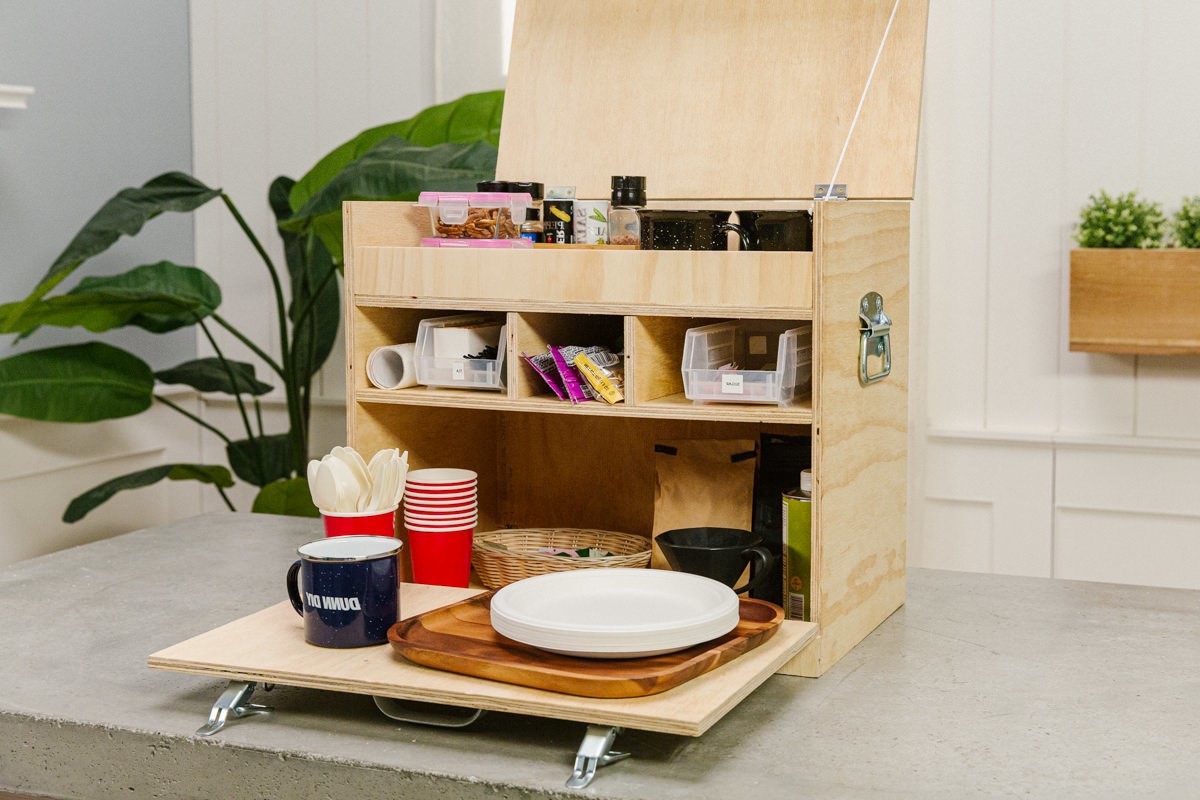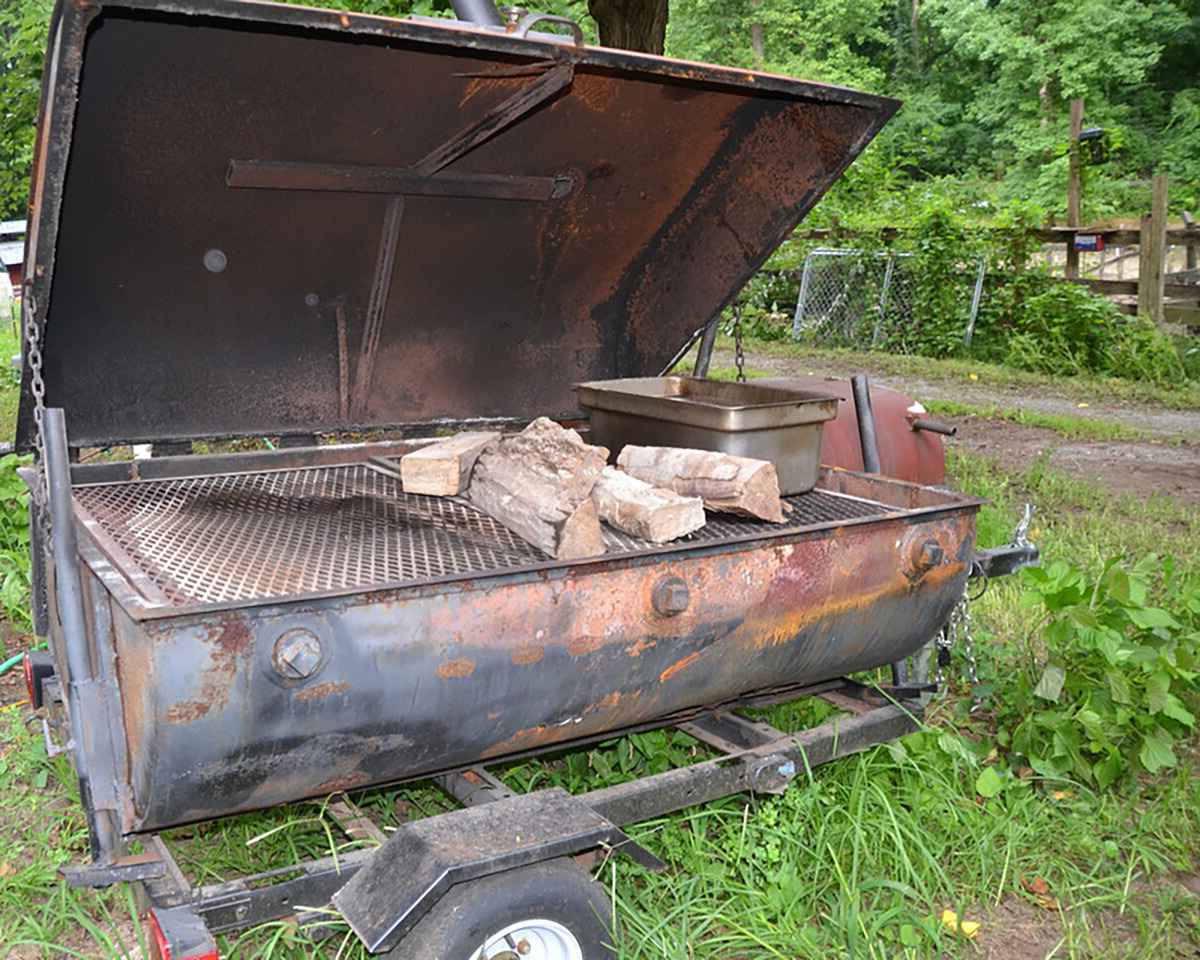Home>Create & Decorate>DIY & Crafts>DIY Axe Throwing Target: How To Build Your Own
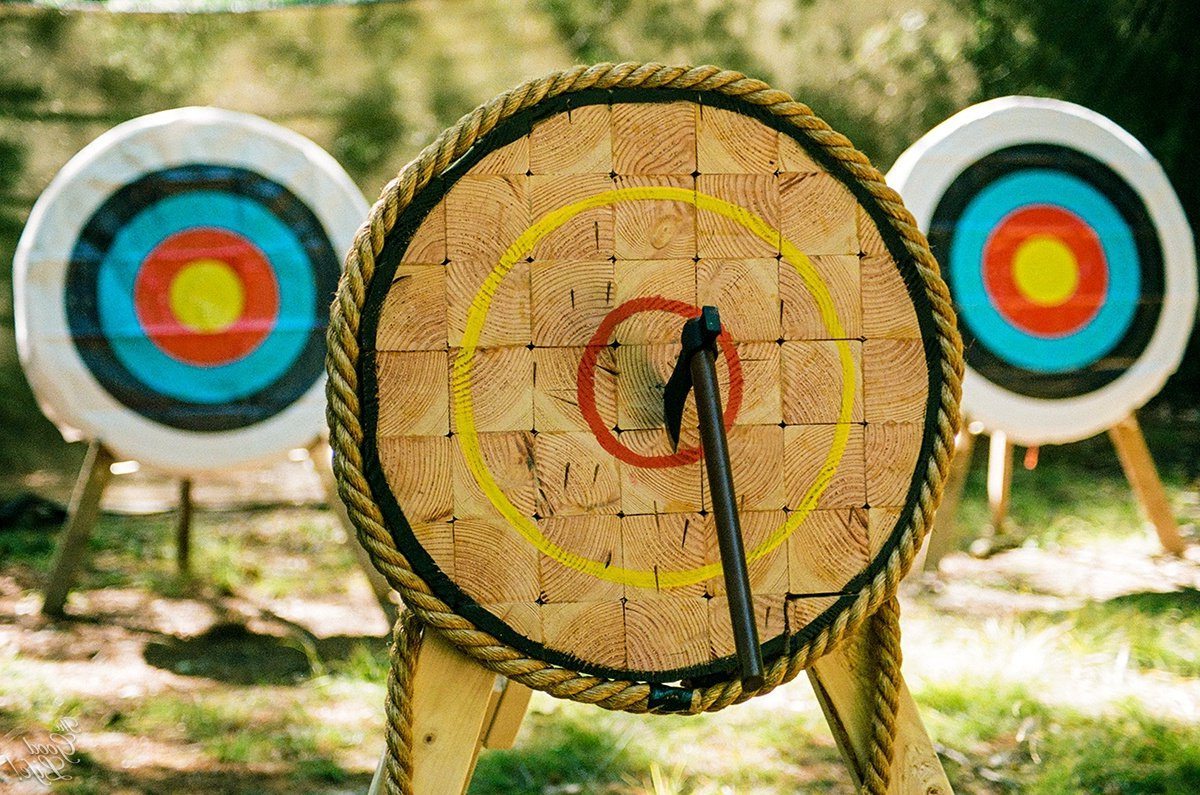

DIY & Crafts
DIY Axe Throwing Target: How To Build Your Own
Published: May 22, 2024

Senior Editor in Create & Decorate, Kathryn combines traditional craftsmanship with contemporary trends. Her background in textile design and commitment to sustainable crafts inspire both content and community.
Learn how to build your own DIY axe throwing target with this step-by-step guide. Perfect for DIY & Crafts enthusiasts looking for a fun and challenging project.
(Many of the links in this article redirect to a specific reviewed product. Your purchase of these products through affiliate links helps to generate commission for Twigandthistle.com, at no extra cost. Learn more)
Introduction
Are you a fan of axe throwing and looking to bring the excitement to your own backyard? Building your own axe throwing target can be a fun and rewarding project that allows you to practice your skills and entertain friends and family. In this guide, we'll walk you through the step-by-step process of creating a sturdy and safe axe throwing target that will provide hours of enjoyment. Whether you're a seasoned axe thrower or just getting started, constructing your own target is a fantastic way to enhance your DIY skills and create a unique addition to your outdoor space. So, grab your tools and let's get started on this thrilling project!
Materials Needed
To begin your DIY axe throwing target project, you'll need the following materials:
- Pressure-treated lumber: 4×4 posts for the frame and 2×10 or 2×12 boards for the target surface.
- Wood screws: Ensure you have a variety of lengths to accommodate different parts of the project.
- Circular saw or miter saw: This will be essential for cutting the lumber to the required dimensions.
- Measuring tape and pencil: These tools will help you accurately mark and measure the wood for cutting and assembly.
- Drill and drill bits: Necessary for pre-drilling holes and attaching the lumber securely.
- Wood glue: Using wood glue in conjunction with screws will provide extra strength and stability.
- Sandpaper: Smooth out any rough edges on the wood to prevent splinters and ensure a professional finish.
- Paint or wood stain: Personalize your axe throwing target with a pop of color or a protective wood stain.
- Sawhorses or workbench: A stable surface for cutting and assembling the target frame.
- Axe throwing target board: Purchase a pre-made target board or materials to construct one, such as plywood or composite board.
- Paint or tape for creating the bullseye: Use contrasting colors to clearly mark the scoring zones on the target board.
Gathering these materials will set you up for success as you embark on this exciting DIY project.
Step 1: Cutting the Wood
The first step in building your DIY axe throwing target is to cut the wood to the required dimensions. Begin by measuring and marking the pressure-treated lumber according to the desired lengths for the frame. Use a circular saw or miter saw to make precise cuts, ensuring that the pieces are straight and even. For the frame, you will need to cut the 4×4 posts to the desired height, typically around 6 to 7 feet, depending on your preference and available space. Additionally, cut the 2×10 or 2×12 boards to create the target surface, ensuring they are wide enough to accommodate the size of the axe throwing target board. Take your time with this step to guarantee accuracy and consistency in the wood cuts, as it will form the foundation of your axe throwing target.
Once the wood is cut to the appropriate dimensions, use sandpaper to smooth out any rough edges and ensure a professional finish. This step is crucial for preventing splinters and creating a safe and polished final product. With the wood pieces prepared, you're ready to move on to the next phase of assembling the frame for your DIY axe throwing target.
Step 2: Assembling the Frame
With the wood pieces cut to the required dimensions, it's time to assemble the frame for your DIY axe throwing target. Begin by laying out the 4×4 posts for the frame on a stable surface, such as sawhorses or a workbench. Position the posts to form a rectangular shape, ensuring that the corners are square and the frame is stable. Use a measuring tape to confirm that the frame is of the desired height and width, making any necessary adjustments before proceeding.
Next, pre-drill holes at the joints where the 4×4 posts meet, ensuring that the screws will securely fasten the frame together. Apply wood glue at the joints for added strength and stability, then use wood screws to attach the pieces, creating a solid and durable frame. Be sure to countersink the screws slightly to prevent them from protruding and causing potential hazards during use.
Once the frame is assembled, double-check that it is level and stable, making any final adjustments as needed. The frame serves as the backbone of your axe throwing target, so it's essential to take the time to ensure that it is sturdy and well-constructed. With the frame in place, you're ready to move on to the next step of attaching the target board, bringing your DIY axe throwing target one step closer to completion.
Step 3: Attaching the Target Board
Attaching the target board is a crucial step in the construction of your DIY axe throwing target. Begin by positioning the pre-cut target board onto the assembled frame, ensuring that it is centered and securely aligned. Use wood screws to fasten the target board to the frame, driving the screws through the back of the target board and into the frame. Be mindful of the placement of the screws to avoid interfering with the surface where axes will be thrown.
To enhance the durability and longevity of the target board, consider applying wood glue along the edges where the board meets the frame before securing it with screws. This additional step will provide extra reinforcement, ensuring that the target board remains firmly in place, even after repeated use. Once the target board is securely attached to the frame, inspect the connections to confirm that it is stable and able to withstand the impact of the thrown axes.
After attaching the target board, take a moment to step back and admire the progress of your DIY axe throwing target. The target board serves as the focal point for your axe throwing activities, so it's essential to ensure that it is securely and accurately positioned on the frame. With the target board in place, you're ready to move on to the next step of adding the bullseye, bringing your DIY axe throwing target one step closer to completion.
Read more: How to Build Your Own DIY Humidifier
Step 4: Adding the Bullseye
Adding the bullseye to your DIY axe throwing target is a critical step that not only enhances the visual appeal but also provides a clear focal point for aiming. Begin by deciding on the size and placement of the bullseye on the target board. Traditionally, a bullseye consists of several concentric circles, each representing a different point value. You can use paint or tape to create the bullseye, ensuring that it is prominently displayed and clearly visible from a distance.
Using a measuring tape and pencil, mark the center of the target board to serve as the starting point for the bullseye. From this center point, carefully measure and mark the circles for the bullseye, ensuring that they are evenly spaced and concentric. Once the circles are marked, use contrasting colors of paint or tape to fill in the bullseye, creating distinct scoring zones for your axe throwing games.
To ensure accuracy and precision, consider using a circular template or compass to create the circles for the bullseye. This will help maintain consistent circle sizes and spacing, resulting in a professional-looking and standardized target for your axe throwing activities.
Once the bullseye is added to the target board, step back and assess the visual impact. The bullseye serves as a striking visual element that not only adds to the authenticity of the axe throwing experience but also provides a clear and defined area for aiming. With the bullseye in place, your DIY axe throwing target is one step closer to being fully functional and ready for use.
Step 5: Finishing Touches
As you approach the final stage of constructing your DIY axe throwing target, it's time to add the finishing touches that will elevate its appearance and functionality. Begin by inspecting the entire structure to ensure that all components are securely fastened and aligned. Make any necessary adjustments to the frame, target board, and bullseye to guarantee that everything is in place and ready for use.
Once the structural elements are confirmed, consider applying a protective finish to the wood to safeguard it from outdoor elements and enhance its longevity. You can choose to paint the frame and target board in vibrant colors that complement your outdoor space, or opt for a wood stain that highlights the natural beauty of the lumber. Whichever option you select, be sure to apply multiple coats and allow sufficient drying time between each coat to achieve a durable and professional finish.
In addition to the aesthetic finish, you may also want to add a layer of clear sealant to the target board to protect it from the impact of the thrown axes. This extra layer of protection will help prevent the wood from splintering or warping over time, ensuring that your axe throwing target remains in top condition for countless throwing sessions.
As a final touch, consider adding any personal embellishments or decorative elements to the axe throwing target. Whether it's affixing your family name to the frame, incorporating LED lights for evening throwing sessions, or adding a scoreboard to track points, these custom touches can infuse your DIY axe throwing target with personality and make it uniquely yours.
With the finishing touches complete, take a step back and admire the transformation of the raw materials into a fully functional and visually appealing axe throwing target. The attention to detail in this final stage will not only enhance the overall appearance of the target but also contribute to its durability and performance. Your DIY axe throwing target is now ready to take its place as the centerpiece of outdoor entertainment, providing hours of enjoyment for you, your family, and friends.
Safety Precautions
-
Clear the Surrounding Area: Before engaging in axe throwing, ensure that the area around the target is clear of any obstructions or individuals. Create a designated throwing zone and mark it clearly to prevent anyone from inadvertently entering the danger zone.
-
Use Safety Gear: Prioritize safety by wearing appropriate gear, including safety glasses to protect your eyes from wood splinters and debris, as well as closed-toe shoes to shield your feet from potential hazards.
-
Inspect the Target Regularly: Routinely inspect the axe throwing target for any signs of wear, damage, or loose components. Address any issues promptly to maintain a safe and reliable target.
-
Establish Throwing Rules: Clearly communicate and enforce throwing rules to ensure that all participants understand the proper technique, distance, and behavior when engaging in axe throwing activities.
-
Supervise and Educate: If introducing axe throwing to newcomers, provide thorough guidance and supervision to ensure that they understand the safety protocols and techniques before attempting to throw an axe.
-
Maintain a Safe Distance: Emphasize the importance of maintaining a safe distance from the target when others are throwing axes. Establish a clear boundary to prevent individuals from encroaching on the throwing area.
-
Never Throw Damaged Axes: Inspect the condition of the axes before each use, and refrain from throwing any that show signs of damage, such as cracks or loose handles.
-
Respect Others' Turns: Encourage a respectful and orderly approach to axe throwing, allowing each participant to take their turn without distractions or interference.
-
Proper Axe Handling: Educate participants on the correct way to hold and throw an axe, emphasizing the importance of a controlled and consistent throwing motion.
-
Emergency Preparedness: Have a first aid kit readily available in the event of any minor injuries, and be prepared to seek medical attention for more serious incidents.
By adhering to these safety precautions, you can create a secure and enjoyable environment for axe throwing, minimizing the risk of accidents and ensuring a positive experience for all participants.
Tips for Axe Throwing Success
-
Consistent Grip and Stance: Maintain a consistent grip on the axe handle and adopt a stable stance when preparing to throw. This will provide a solid foundation for your throws and contribute to improved accuracy.
-
Focus on Technique, Not Strength: Axe throwing is more about technique and precision than sheer strength. Focus on mastering the throwing motion and release to achieve optimal results.
-
Aim for the Bullseye: While it may seem obvious, aiming for the bullseye is key to scoring points in axe throwing. Concentrate on aligning your throws with the center of the target to maximize your scoring potential.
-
Follow Through with the Throw: Ensure that you follow through with your throwing motion, allowing the axe to complete its natural trajectory. This consistent follow-through can significantly impact the accuracy of your throws.
-
Practice Regularly: Like any skill, axe throwing improves with practice. Dedicate time to regular practice sessions to refine your technique and develop a consistent throwing style.
-
Stay Relaxed and Focused: Maintain a relaxed yet focused mindset when approaching each throw. Tension can negatively impact your accuracy, so strive to remain calm and composed.
-
Adjust Your Distance: Experiment with different throwing distances to find the optimal range that suits your throwing style. Some individuals may find greater success with a closer or farther distance from the target.
-
Learn from Each Throw: Pay attention to the outcome of each throw and use it as a learning opportunity. Adjust your technique based on the results to continually refine your axe throwing skills.
-
Supportive Environment: Create a supportive and encouraging environment for axe throwing, where participants can share tips, celebrate successes, and learn from one another's experiences.
-
Celebrate Progress: Acknowledge and celebrate your progress in axe throwing, regardless of the score. Each improvement, no matter how small, contributes to your overall skill development.
By incorporating these tips into your axe throwing practice, you can enhance your throwing technique, improve your accuracy, and ultimately enjoy a more rewarding axe throwing experience.
Read more: DIY Laundry Pedestal: How To Build Your Own
Conclusion
In conclusion, constructing your own DIY axe throwing target is a fulfilling and engaging endeavor that not only adds a unique feature to your outdoor space but also provides an opportunity to hone your axe throwing skills. By following the step-by-step process outlined in this guide and incorporating the necessary safety precautions, you can create a safe and enjoyable environment for axe throwing activities. The careful selection of materials, precise assembly of the target, and thoughtful addition of the bullseye and finishing touches culminate in a functional and visually appealing axe throwing target. Whether you're a seasoned axe thrower or a newcomer to the sport, the DIY axe throwing target serves as a focal point for outdoor entertainment, fostering friendly competition and skill development. Embrace the satisfaction of crafting a custom target and relish the countless hours of enjoyment it will bring to you, your family, and friends. Get ready to unleash your inner lumberjack and embark on an exciting journey of axe throwing right in your own backyard.

